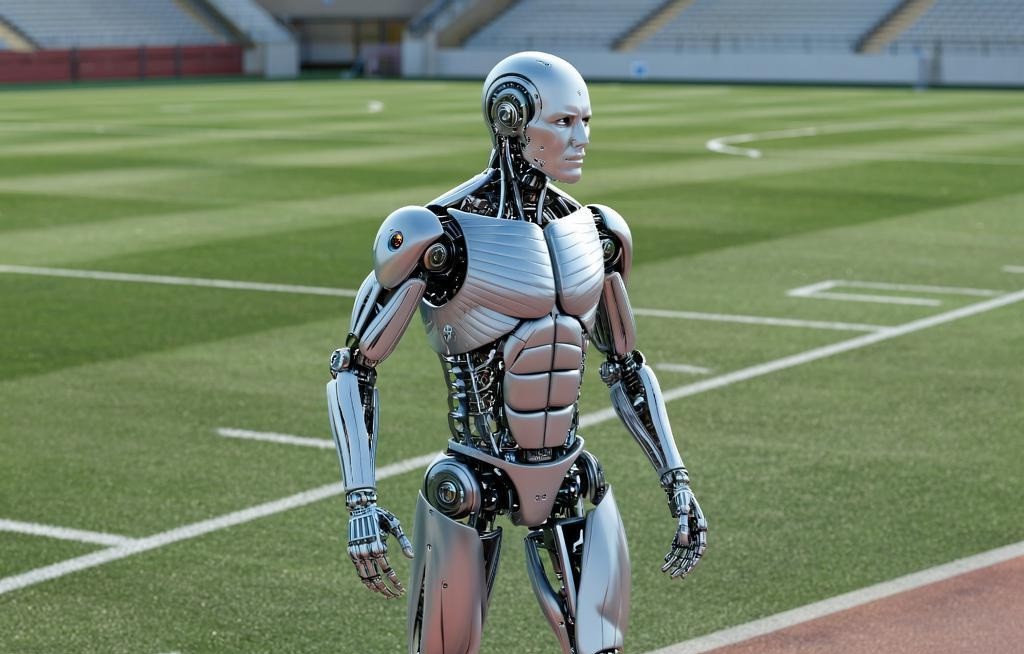Robots That Grow Muscles: Harvard Scientists Are Building Machines from Living Tissue
Researchers at Harvard Medical School are pursuing a new generation of robots that can move and grow like living beings. Instead of traditional gears and motors, the team aims to use living muscle tissue as the working power behind future machines. Led by Dr. Su Rion Shin, a diverse group of engineers and biologists is creating hybrid machines that blend synthetic structures with biological components. This approach, called biohybrid robotics, aims for systems that move with natural precision and adaptability. The results of their work appear in the International Journal of Extreme Manufacturing.

In This Article:
Meet the Team Behind Biohybrid Robotics: Engineers and Biologists Unite
The project is led by Dr. Su Rion Shin, who assembled a cross-disciplinary team of engineers and biologists. Their mission is to design machines that combine synthetic frameworks with living tissues, creating actuators that can grow and adapt. Bioghybrid robotics is the term they use for this hybrid manufacturing approach, where the fabrication methods themselves enable functional living-machine systems. The aim is not only technical novelty but more natural interaction between machines and the human body and environment.
Two Muscle Types: Skeletal and Cardiac Muscles
To achieve motion, the researchers plan to use two muscle types: skeletal muscles that respond to electrical signals and cardiac muscles that can sustain rhythmic contractions on their own. Each type brings unique advantages: skeletal muscle offers controllability and strength, while cardiac muscle provides autonomous pacing. Both require specific conditions to stay viable outside the body, such as proper nutrients and environmental controls. Understanding these needs is crucial as the team designs the hybrid systems.
From Cells to Actuators: Building the Muscle-Driven Devices
Growth of muscle tissue relies on advanced manufacturing tools: 3D bioprinting, electroforming, microfluidic systems, and cell self-organization. These tools help scientists shape precise structures that support tissue growth and synchronized movement. The result is tissue that can function as a genuine actuator, turning biological material into the working power of a machine.
Challenges, Strategies, and a Bold Future
Despite progress, several obstacles block mass production: current prototypes are not yet strong enough or robust against real-world stresses. To overcome these limits, the team pursues three strategies: multi-component printing to boost structural strength, perfused scaffolds to deliver nutrients, and modular designs to enhance adaptability. Researchers are optimistic: the next generation of biohybrid robots could deliver highly precise movements, adaptability, and meaningful integration with the human body, enabling a new level of human-machine interaction. The potential spans multiple industries, from medicine to manufacturing, as the line between organism and machine blurs.
